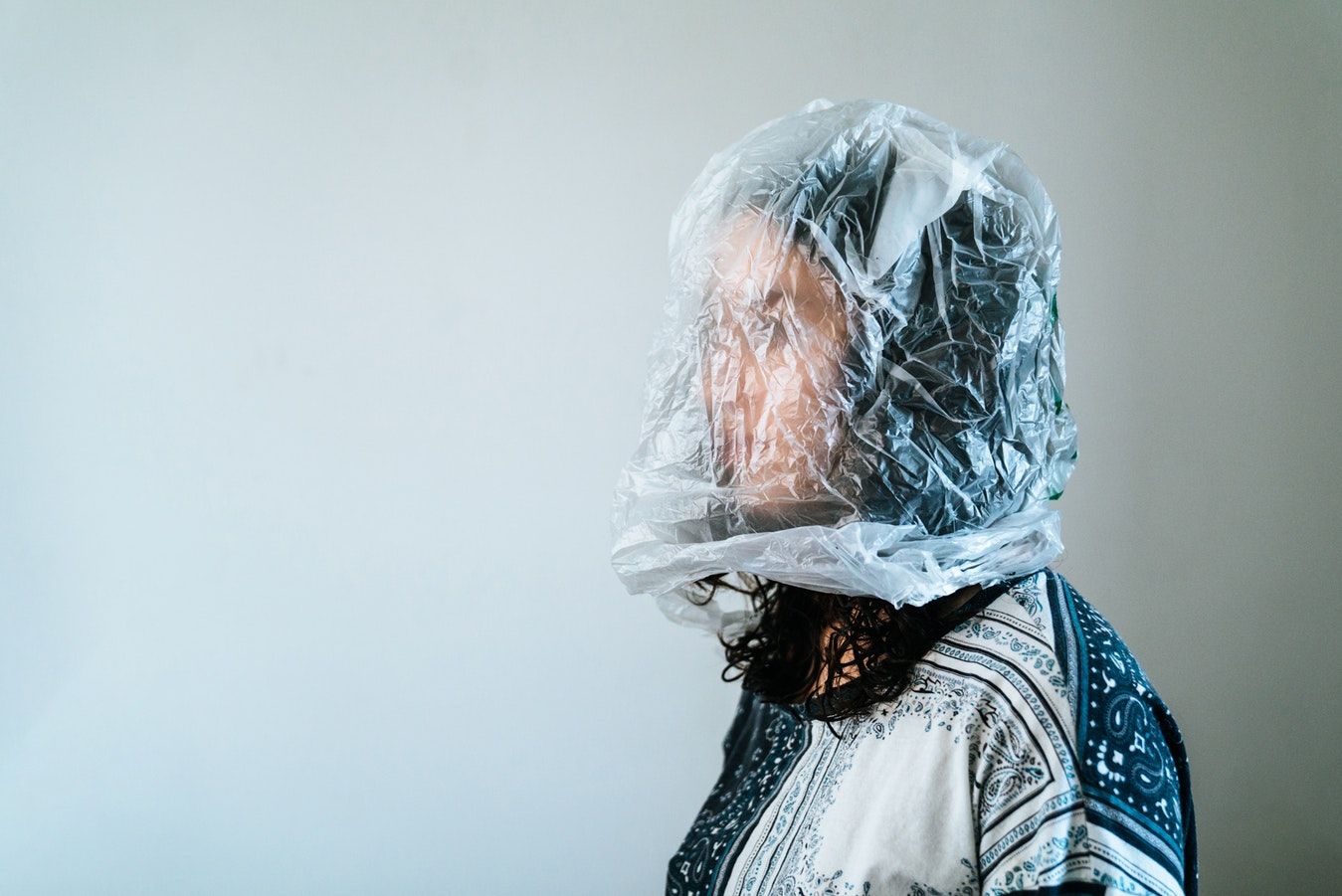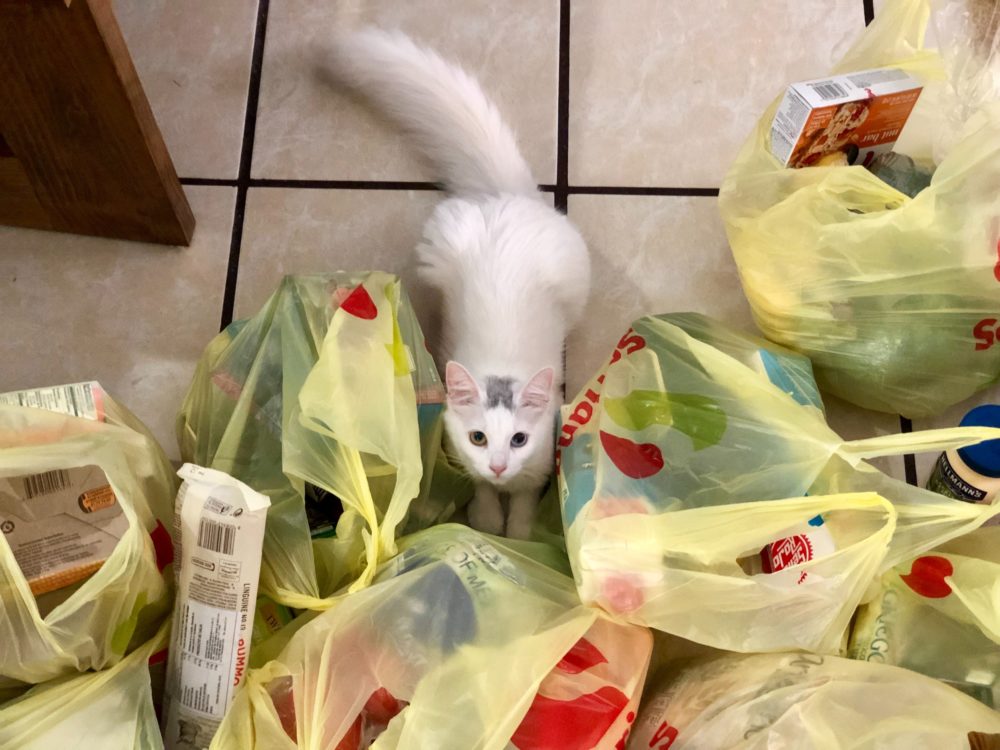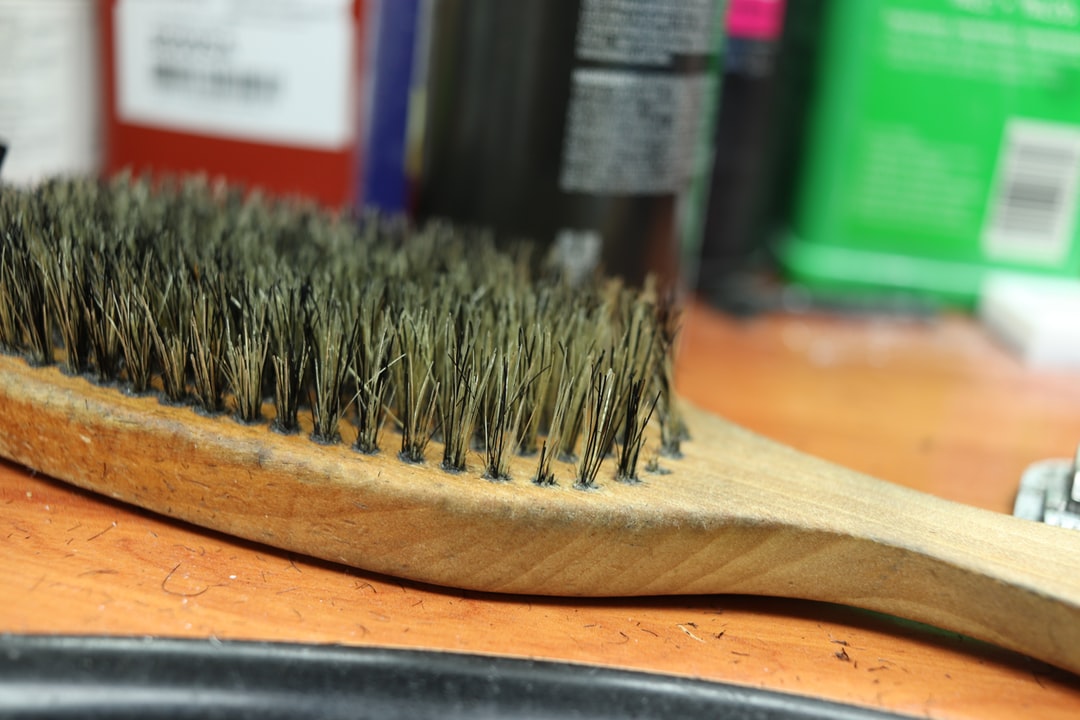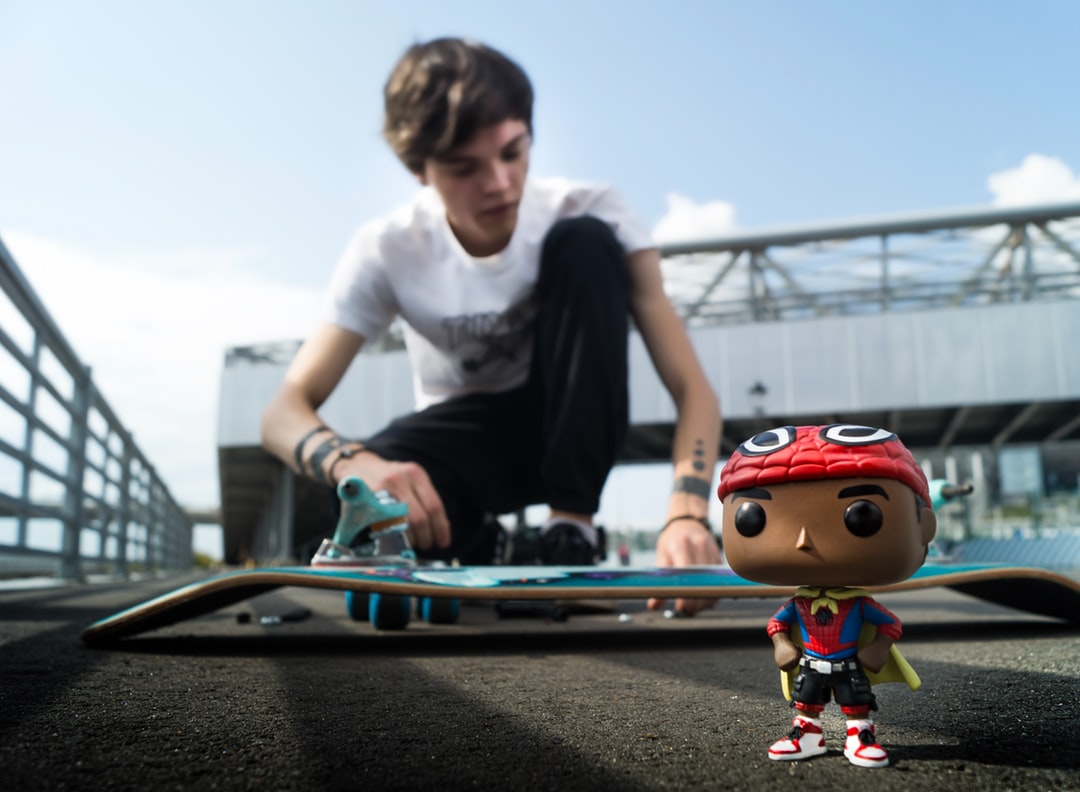
Last year marked the beginning of the end of plastic. Although it took some time for many of us to realize the danger, thanks to the videos and photos on social media, action was taken.
We realized the seriousness of the event when we saw the frog with a straw stuck in its nose, and the garbage accumulated in the ocean between Hawaii and California. “Planet or Plastic?” He drew attention to this event with the title. And he published a remarkable statistic on this subject: Despite the effort made to recycle , 91% of the things thrown go to waste.
Plastic is in our lives too much. Even if we try to reduce the use of plastic by using cloth bags instead of buying bags, or by using metal straws instead of plastic straws, this is a very, very small step. Simply put, the plastic wraps that cover the meat or cheese we buy from the market, the toys that children play with, the toothbrushes we use.
As you start to discover more ways to remove plastic from your life, you will realize that it is not as difficult as it seems. This is partly thanks to new initiatives offering alternatives to everyday plastic products.
Kitchen

The hardest part is probably the kitchen. When you look around, most food ends up in your kitchen with plastic. Brands use plastic to package food because it is the cheapest material on the market. To reduce this:
Buy in bulk. Shop at grocery stores that sell rice, pasta, beans, nuts, flour and many other ingredients unpackaged. Thus, instead of buying packaged food, you can take your own glass or metal jars and fill the products you buy directly into your jar. But don’t forget to find out how heavy the jar is first.
Replace detergent bottles with glass bottles. Almost all cleaning materials are stored in plastics. For this, you can buy yourself a porcelain or glass detergent bottle. Then you take a backup of the detergents and fill them. Although refills are also sold in plastics, you will reduce the overall use of plastic.
Change your storage containers. Storage containers are generally made of plastic for ease of carrying. However, storing food in plastic containers is also harmful to our health. Use glass jars and glass storage containers instead. Also, use multi-use wax-containing storage fabrics instead of stretch film. You can also stop using plastic storage bags. Instead, you can cover your food with a plate or glass containers and jars are always a healthier and safer option.
Bath

It is quite difficult to change what we use in the bathroom because most personal care brands use too much plastic in their packaging.
Minimize your bathroom. Many of us have too many items in our showers and makeup drawers. Because the beauty industry has convinced us that we need dozens of different face creams and body scrubs. But too often we don’t have the time to focus on elaborate shower routines and skincare, and we fall back on the same things: soap, shampoo, conditioner, facial cleanser. The same goes for makeup. Decide what core products you use and resist the urge to buy a new eyeshadow palette and lipstick every season. Finish the foreign products you have and stop buying.
Find more sustainable alternatives. Now that you have a simple, minimal routine, you have a few alternatives for products. You can buy the products you will use first in bulk. Buying in larger bottles will be more economical and you will consume less plastic as you will use it for a long time. Second, choose brands that are conscious about their packaging.
Change your toothbrush and comb. Hairbrush and toothbrush are indispensable in our daily life. However, instead of plastic hair brushes and toothbrushes, you can use bamboo brushes as an alternative.
Toys

The increase in environmental waste with having a baby in the modern world is shocking. The toy aisles in the store are filled with plastic products. Packages of diapers, strollers, small cups, plates, lunch boxes, any toys you can think of are usually made of plastic. It’s really hard to know where to start.
Buy less, invest in books and wooden toys. Children’s toys are usually very inexpensive. When you see them on the shelf, you think they will provide you with hours of peace and quiet. But it doesn’t happen as you imagine, after playing for a few hours, he loses interest and starts wanting other toys. Instead, you can focus on buying books. Children often want you to read the book over and over again until they get it right in their brains. As time passes, they continue to be interested in what they have learned to read. At the same time, simple, versatile toys such as wooden blocks are interesting because they encourage children to use their imaginations.
Clothes cabinet

Another part that is incredibly difficult to deal with when it comes to plastic. Plastic-based fibers such as nylon, polyester and spandex are very inexpensive to produce and are designed to mimic natural materials such as cotton and silk. In the last 50 years, brands have started to include these fibers more and more in clothing. These synthetic fabrics also have technical properties, so they are widely used in outerwear and sportswear. Because the plastic never separates, your yoga tights will live in the landfill forever when you’re done with them. Our options are limited when it comes to non-plastic clothing and accessories.
Buy clothes that you can wear for a long time. Wool, silk and cotton are relatively expensive compared to most synthetic counterparts. But clothes made from natural fibers tend to be more durable. Many brands that pride themselves on quality try to use natural fibers, but they are more expensive than others. Therefore, in some cases, you may be in a dilemma. However, since you can wear quality products for a long time, instead of thinking about the money you will pay, you may think that you are reducing the use of plastic and that you will not need clothes for a long time.
If you have to buy synthetics, choose recyclable ones. Sometimes it is unavoidable to buy clothes with plastic soles. But the good news is some brands are switching to recycled plastic. For example, Adidas has promised to use fully recycled plastic by 2024, an ambitious goal because almost all of its sneakers and sportswear are based on synthetic materials.
Recycle what you don’t need. Finally, think about where your clothes will go when you stop wearing them. Because the clothes you donate are likely to be in the garbage. Research the places you will send them well and send them to the places you trust.
While far from exhaustive, this is just a start. But the point is, a person who changes their behavior can quickly change the norms of their friends and family; The impact of your actions can be multiplied through your community.













